Backyard Ponds & Pools
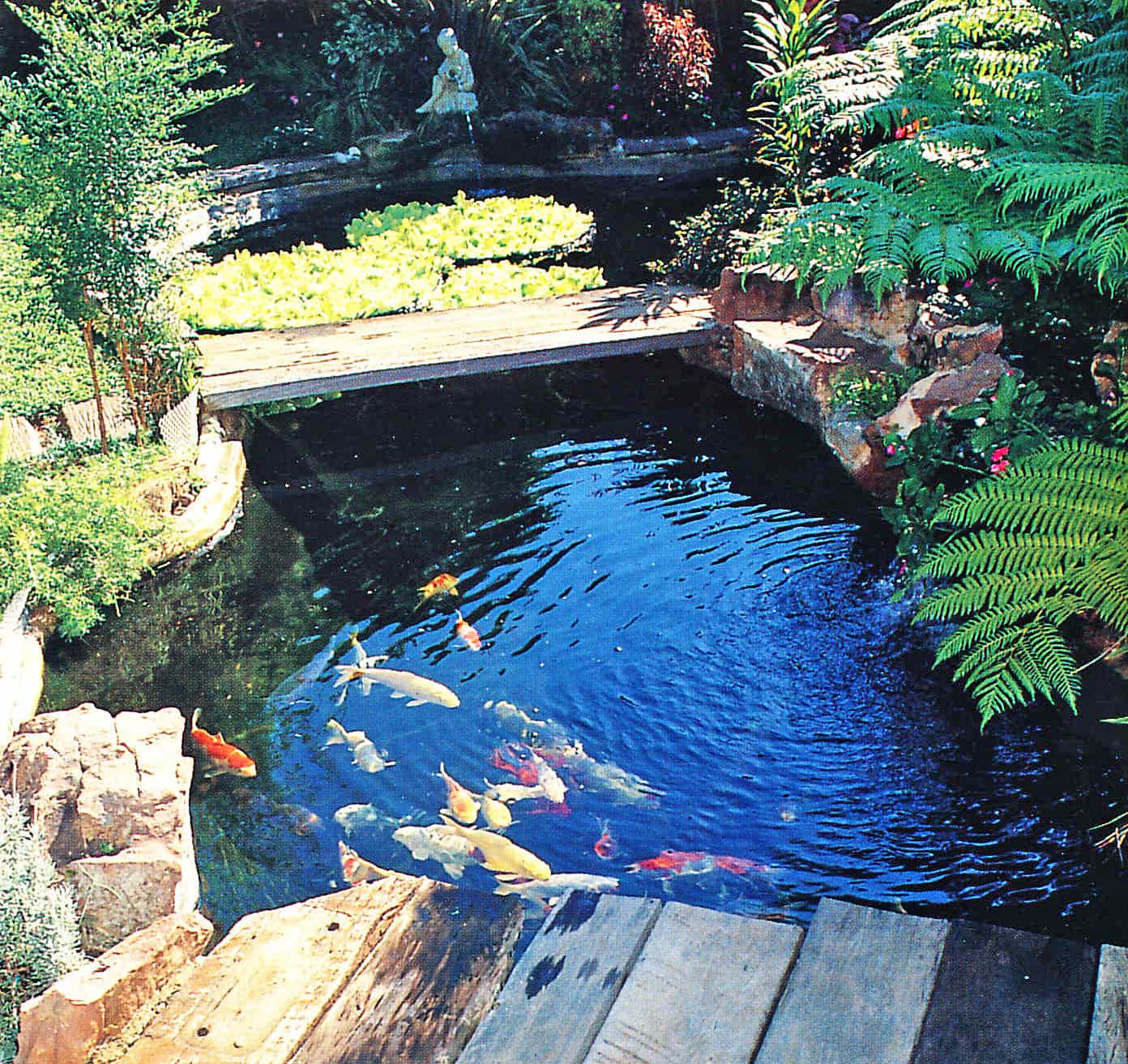
Backyard Ponds & Pools
Most Backyard ponds and pools are permanent features which are constructed using rocks, bricks, concrete and other materials. These structures can be set in the ground, raised above the level of the surrounding garden or patio, and have either a formal or informal appearance. Even a prefabricated pond or a pool made with a flexible liner will usually be fixed into position permanently, and should therefore be carefully placed to achieve the effect you desire.
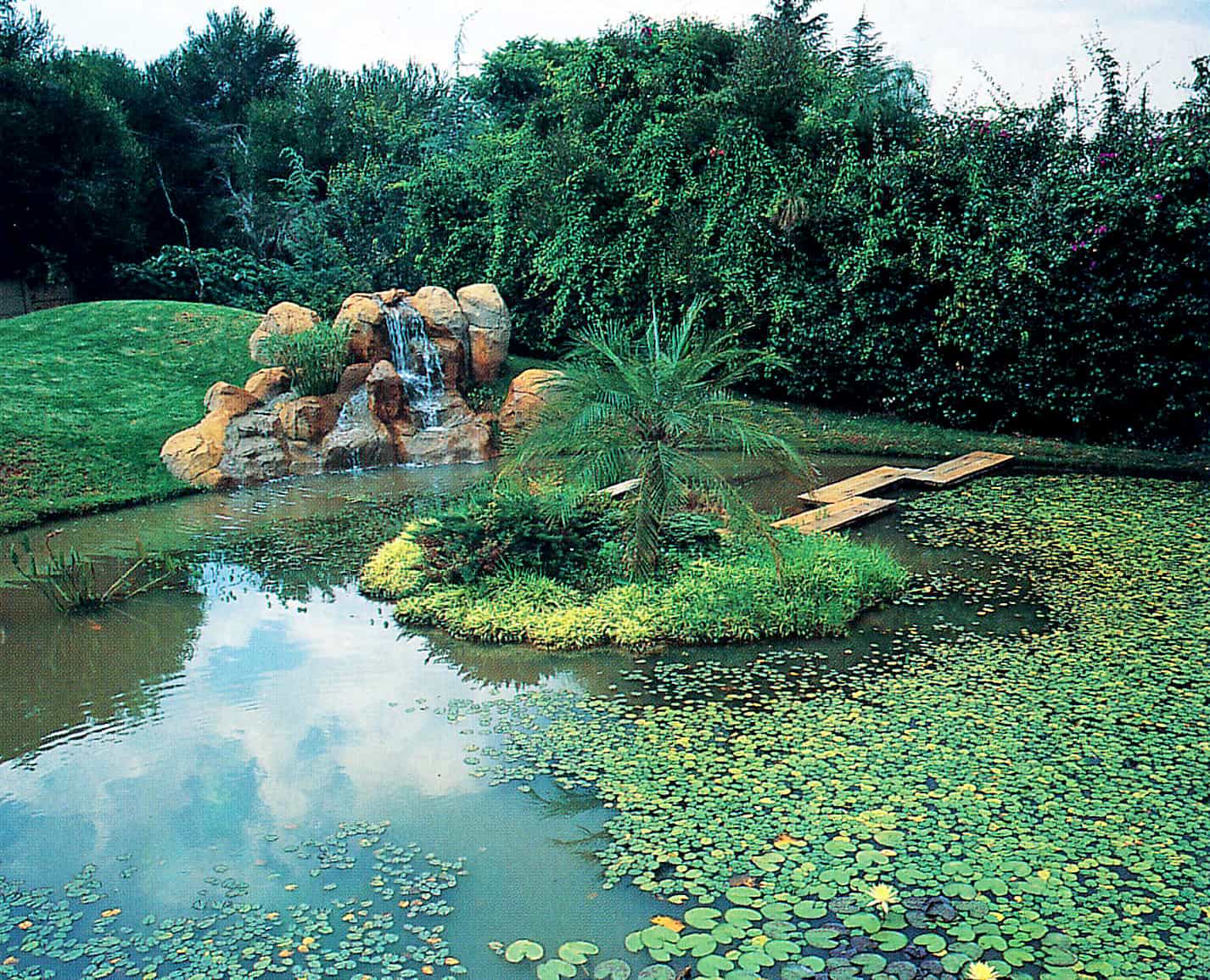
The many methods of backyard ponds and pools construction have been discussed in earlier pages, and the importance of siting the pool wisely. You will have to decide what suits your needs. While few gardens ever prove totally unsuitable for any kind of water garden, the size of your pond may be limited by the proportions and conditions of your property. Before you start digging holes and spending money on materials, make sure that you can accommodate the pond of your choice satisfactorily.
Having decided that you want your own pond, the initial question will be what to build and where to locate it. While a well constructed, thoughtfully planted and properly cared for water garden will undoubtedly provide many hours of pleasure, a badly positioned or neglected pond can be a disaster.
If it is not correctly installed and adequately maintained, or sufficient attention given to the balance of life within the pool, the water may become stagnant and unsightly. Worse still, the murky, green water will soon become a home for unwelcome midges and mosquitoes.
Function
It may seem strange to consider the function of backyard ponds and pools, but you will soon realize how important this is The requirements of a person wanting a formal, raised pond as the central feature of an entrance courtyard, will be quite different to those of somebody who plans to stock expensive Japanese koi. Similarly, the approach taken when constructing a face-brick pool for goldfish will be unlike that undertaken when establishing a duck pond or even a lily pond.
It is important to consider your priorities at the planning stage. Do you want a reflective pond? Is it more important for you to hear the sound of trickling water? Do you want to incorporate a rockery, waterfall or fountain into the plan?
Both water plants and fish add an exciting dimension to backyard ponds, but plants and fish have varying needs. It is best to avoid rapid moving water if you aim to have a beautiful display of water lilies You will need to provide a ledge or shallow end if you are planning to introduce decorative marginal plants like irises, arum lilies or bulrushes. If you intend to keep fish, decide now on which type you want. While the demands of ordinary goldfish are minimal, the requirements for keeping exotic koi are quite specific. For the latter, your pond will have to be deep enough and the water capacity sufficient for the number and size of fish you are going to stock. You will also need aerated water and a filter to keep the water clear. The introduction of koi to your pond will limit your water plants, as these fish are notorious nibblers of certain plant varieties.
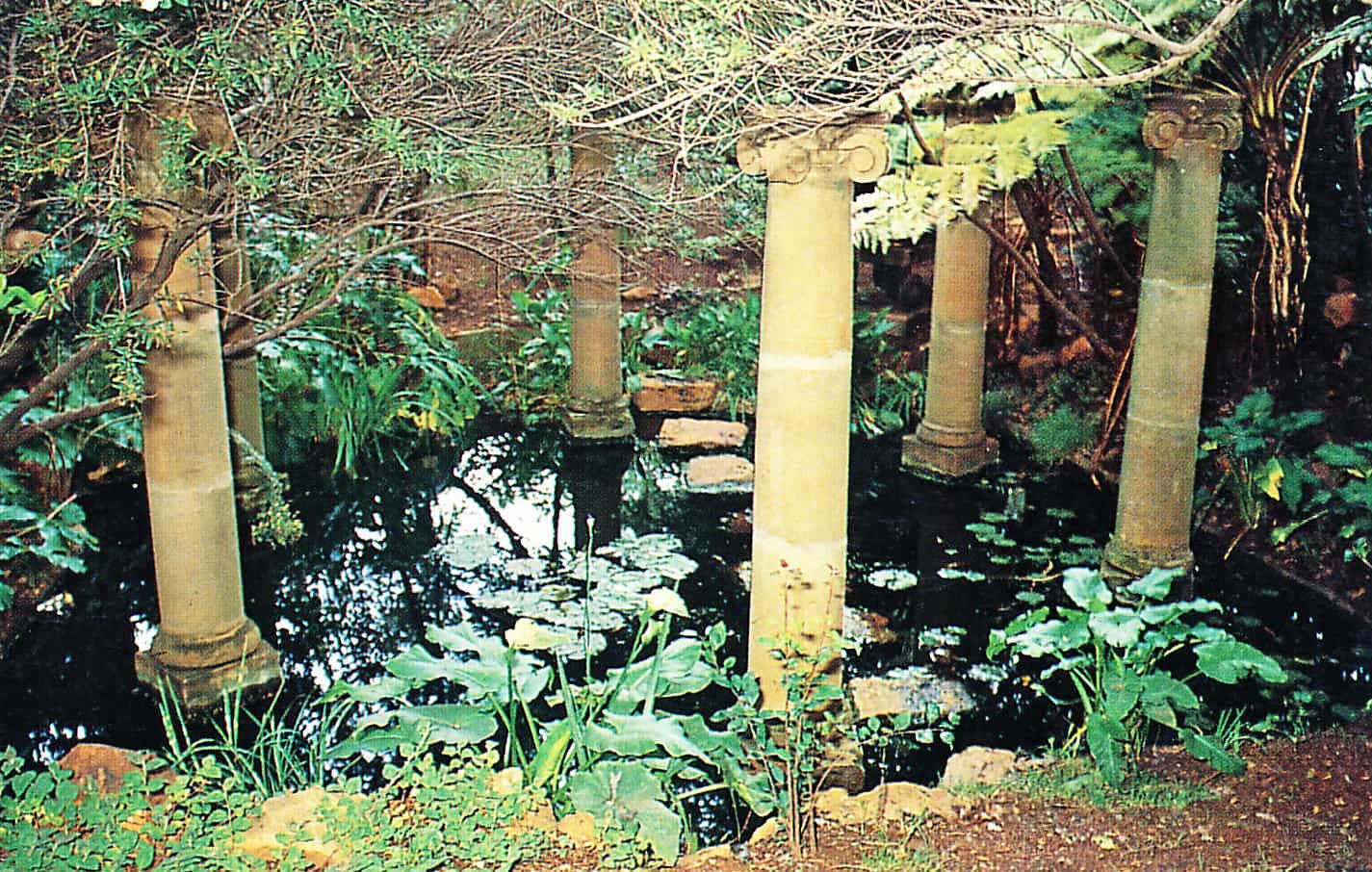
Design
When designing backyard ponds and pools, it is essential to decide from the outset on the effect you wish to achieve. This will depend largely on whether you are aiming for a formal feature or natural pond. Whatever you choose, ensure that it fits the style and proportions of your house and garden. If yours is an established property, you may have to compromise and settle for a design that conforms with the existing character of your garden. When starting from scratch, it might be necessary to enlist the help of a professional landscaper or landscape architect.
Size
The size of the pond itself is an obvious factor and one which relates directly to the possible sites available. If space is limited, you will inevitably be forced to build a small pool. Many small pools and backyard ponds are charming and effective, but if you are extremely pushed for space, you may decide on a more elaborate, but contained feature.
Where size is not a factor, you will find that proportions will be largely governed by the function you have identified for your pond. Ducks need enough water to swim in, and, as already stated, koi require deeper ponds than goldfish. For a reflective pool to be effective, it should have a reasonably large surface area. A decorative formal pool, built for the sake of introducing the sound of water may be as big or small as you wish, depending of course, on its location. A tiny pond set in a vast open area will tend to be overlooked. Instead strive for a sensible balance.
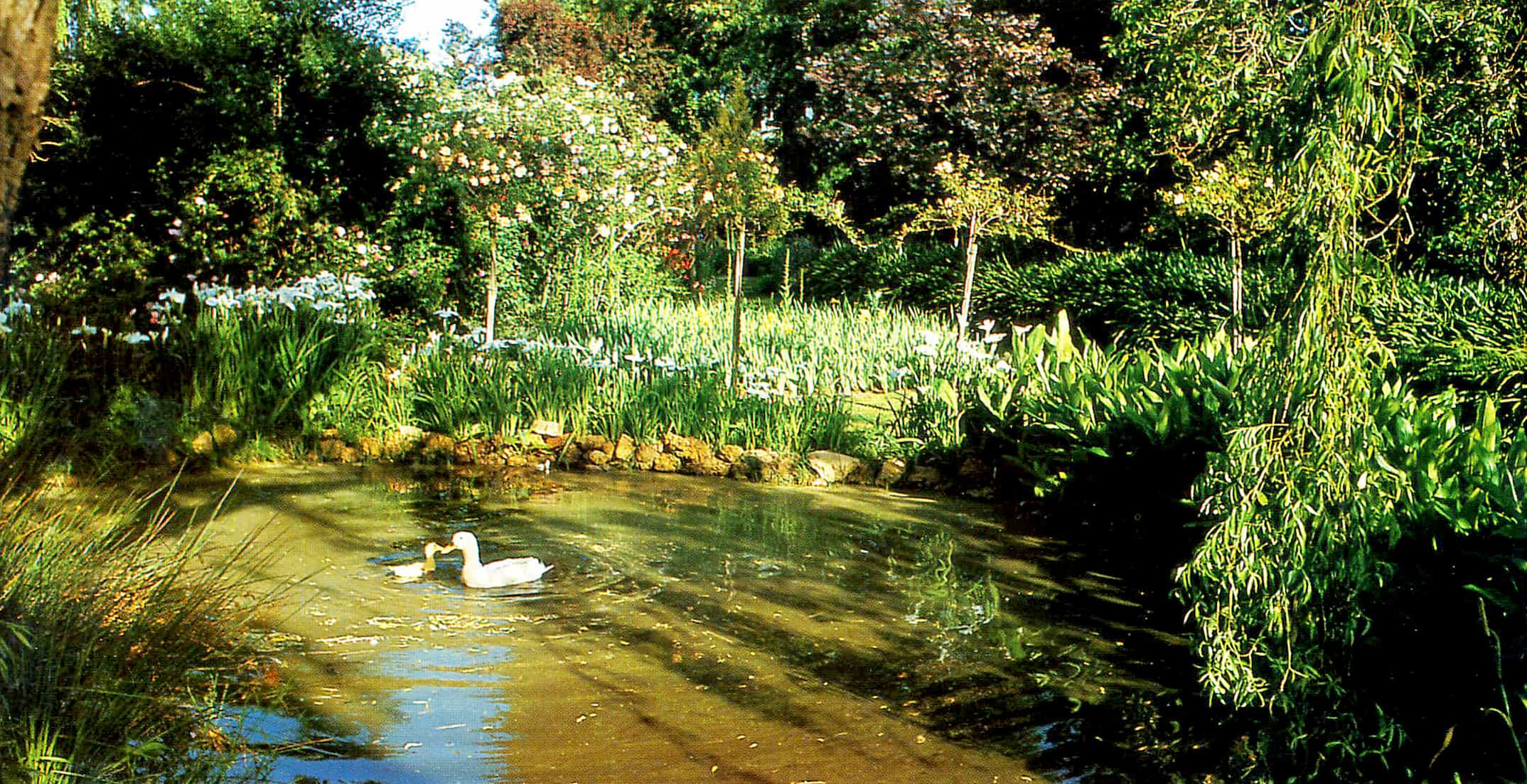
Apart from the pool itself, good design will incorporate the area around the pond as well. This relates not only to rocks, waterfalls and plants, but also to the pool surround and adjacent paved areas. In fact, the edging chosen will often determine how well the entire water feature blends with its environment.
If you plan to spend time near the pond, or to create an entertainment area adjacent to it, make sure you have plenty of room around the water’s edge. Do not overlook the decorative details – when siting a pool against a wall, consider the addition of a spouting gargoyle or cement fish. A raised courtyard pool could be improved by placing a precast fountain of some sort in the center.
Location
Having decided what type of pond or pool you want, you will have to select a site for it. A formal raised pool will always look good in a courtyard or perhaps on a patio. A natural water garden needs to be established where it will blend harmoniously with its surroundings. This type of garden should be accessible and visible, especially if you plan to keep koi.
There is little satisfaction in spending time establishing a concealed feature which you cannot enjoy. Furthermore, if your pond is hidden away at the bottom of the garden, it is an invitation for neglect. Perhaps the only exceptions are the ponds located in a ‘secret garden’ where you escape for solitude, and those that are planned specifically to attract birdlife.
Although it is not a good idea to choose an exposed site for your backyard pond or pool, it is best to avoid overhanging trees, especially if they are deciduous. Decomposing leaves encourage the growth of green algae and produce salts and gases which could be harmful to fish and other animal life.
The encroaching roots of some trees can also be problematic and could damage some of the less robust liners (plastic sheeting, for instance).
Choose a site that is sheltered from the wind by nearby evergreen trees and shrubs, or construct a screen that will provide some protection. Reeds, bulrushes and even some large shrubs and trees, can provide welcome shade for part of the day Alternatively, you could consider incorporating some sort of overhead shelter like a pergola. Located alongside a pond, this will provide some protection from the sun for those wanting to sit and enjoy the view. Another popular option is to situate backyard ponds and pools close to the house, where they can be seen and appreciated, even on rainy days.
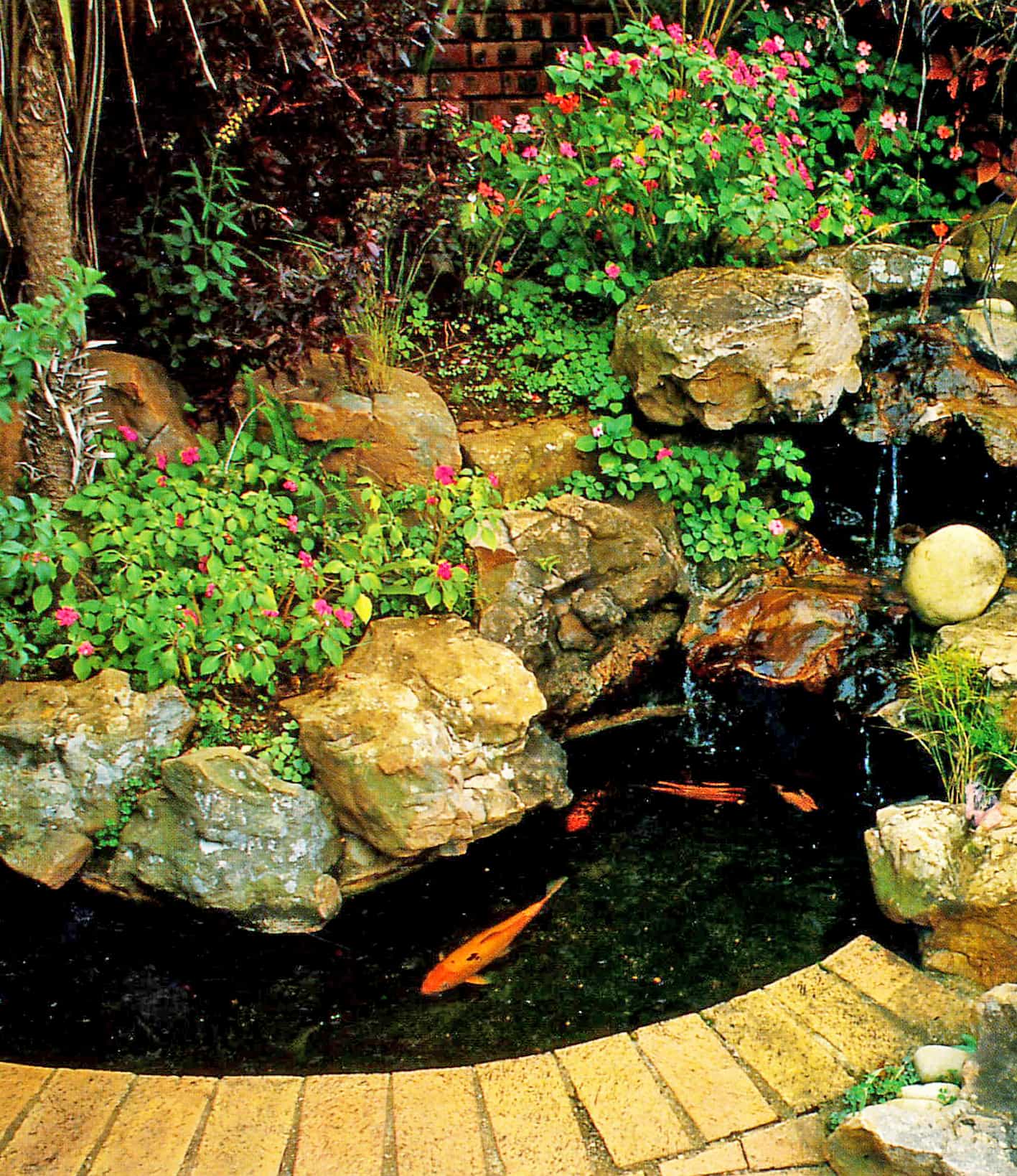
Services
A vital factor when choosing the best site for backyard ponds and pools are the services linked to your house. Any underground cables, water mains, sewerage pipes and so on must all be located prior to excavation and construction. If you are building a pool above the ground, these may not be a problem, but it is still sensible to identify any possible obstacles in the planning stages.
First, ascertain where your power source will be if you are planning to incorporate fountains, waterfalls, or install a filter or electric lighting. It may be necessary to incorporate underground conduiting.
Above Ground Design
In the event of unstable soil conditions or a high water table, it is usually more sensible to choose an above-ground design. If the water table is high enough to make construction difficult, you may be able to build up the sides of a rocky pond and incorporate a bog garden alongside it
Unlike a swimming pool, which is reasonably deep, ponds may be relatively shallow, a factor which should simplify excavation. Unless yours is to be an expansive water garden or pool built in a rocky outcrop, you will probably find you can dig by hand. In the event of needing earth moving equipment to excavate, it is vital to ensure the site is accessible for bulldozers and other similar machinery.


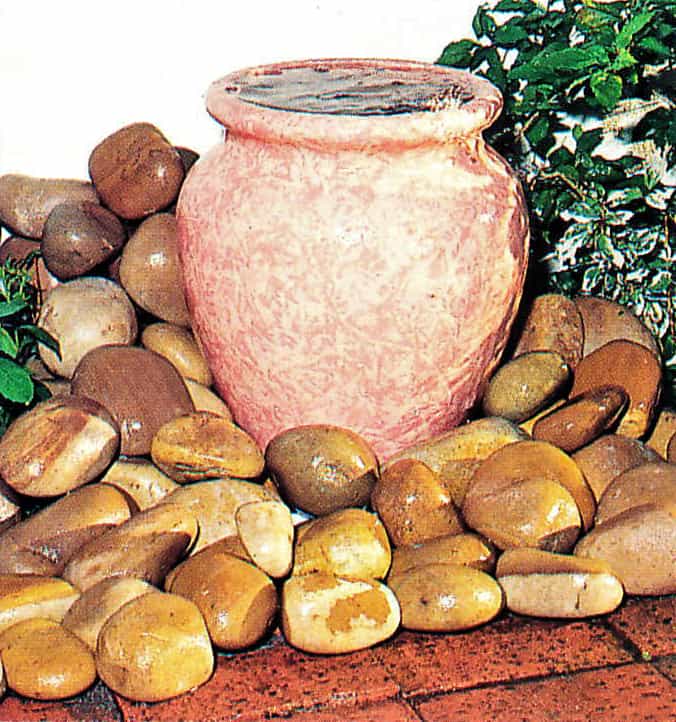
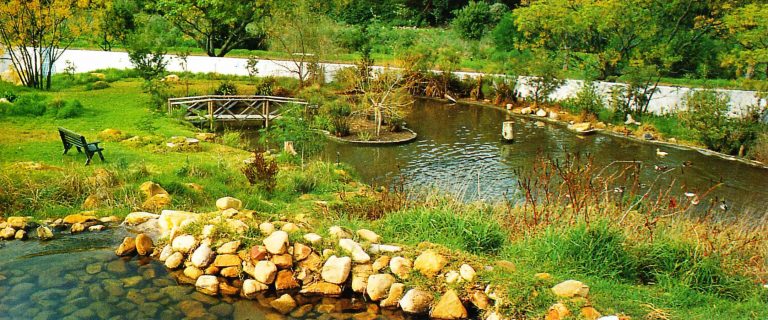



One Comment